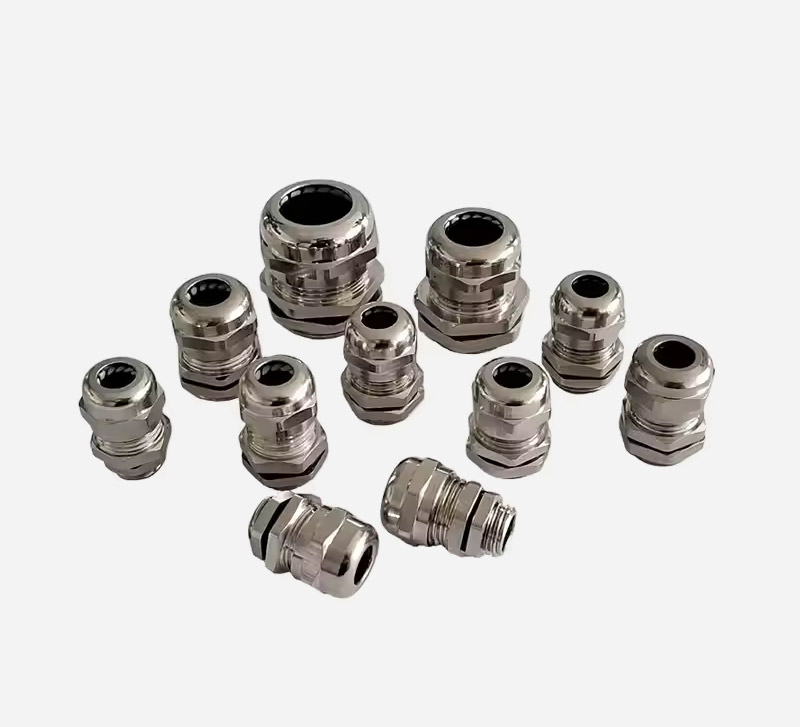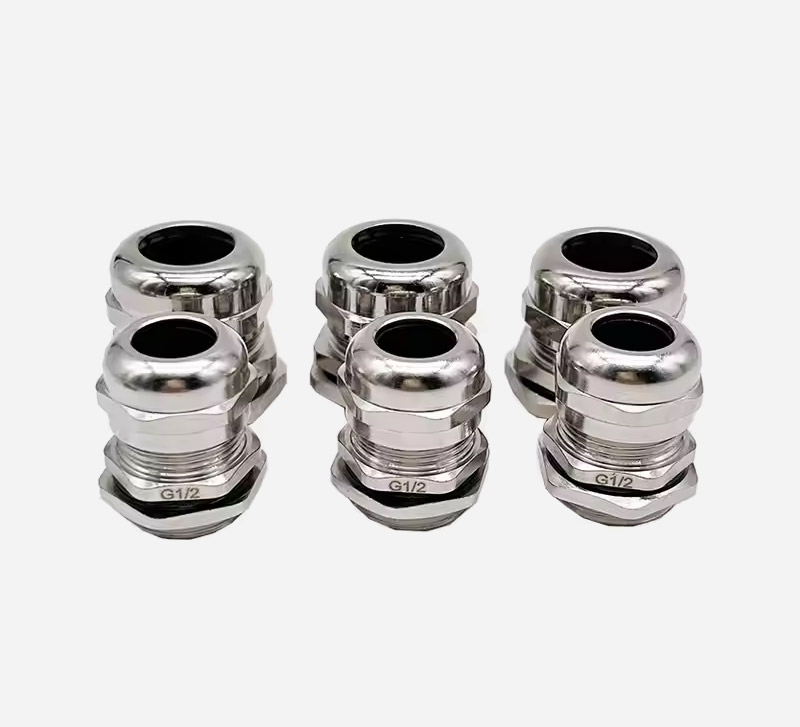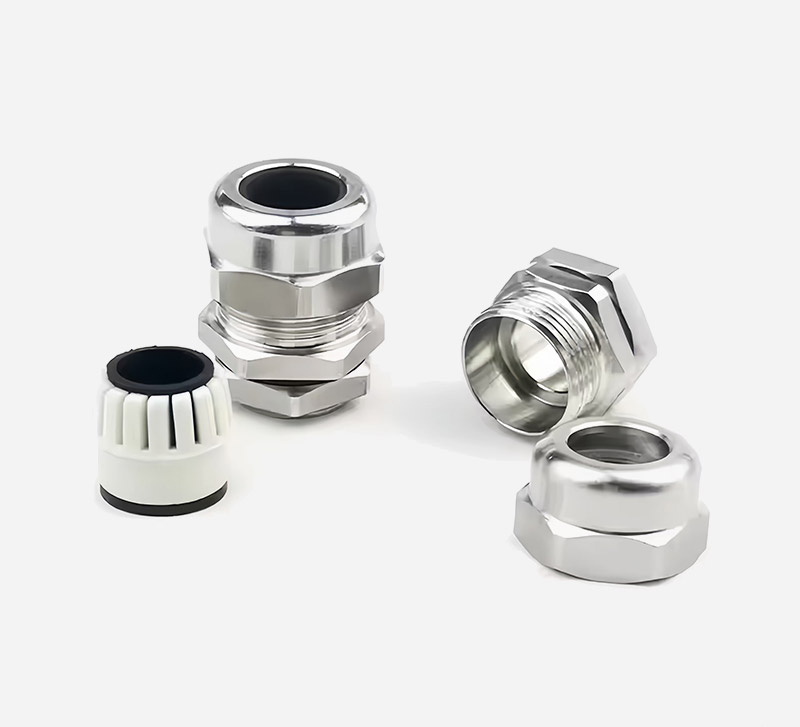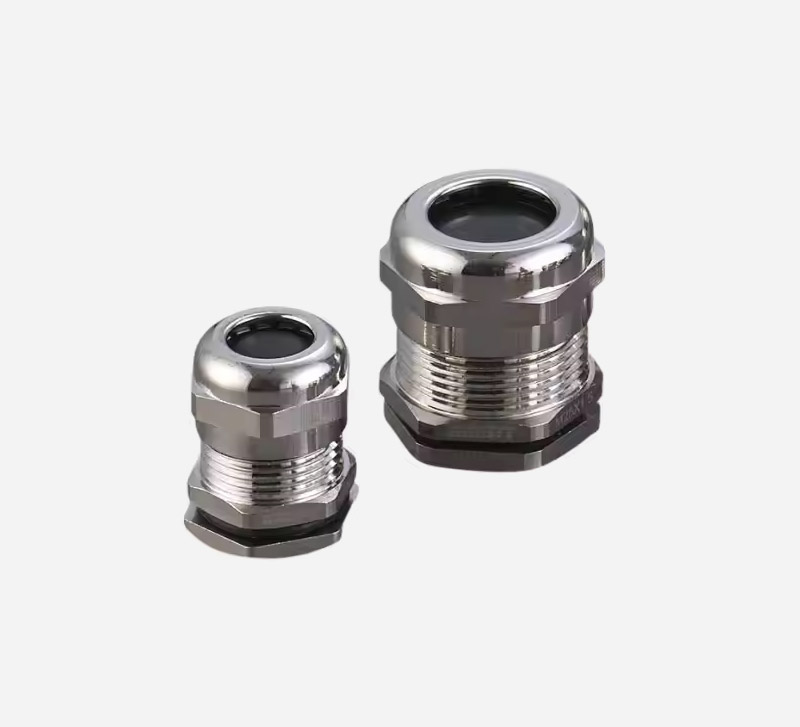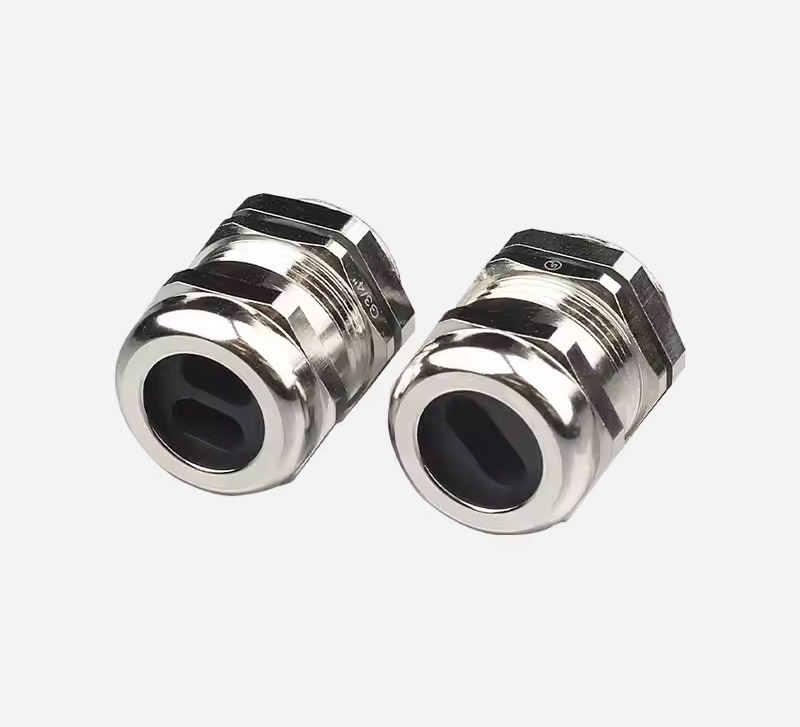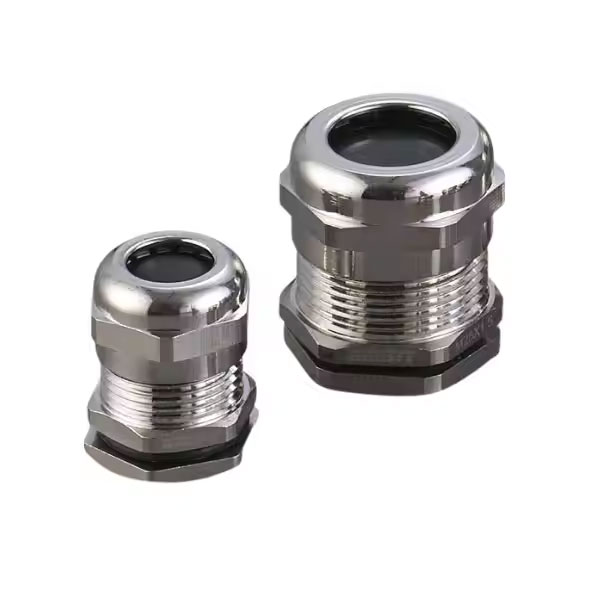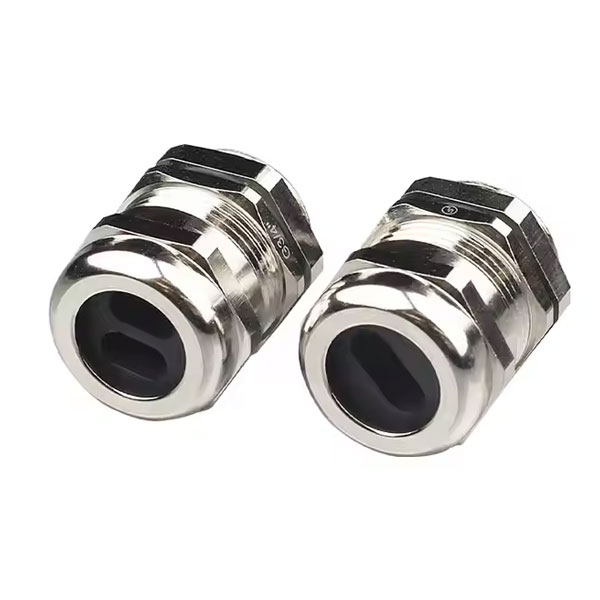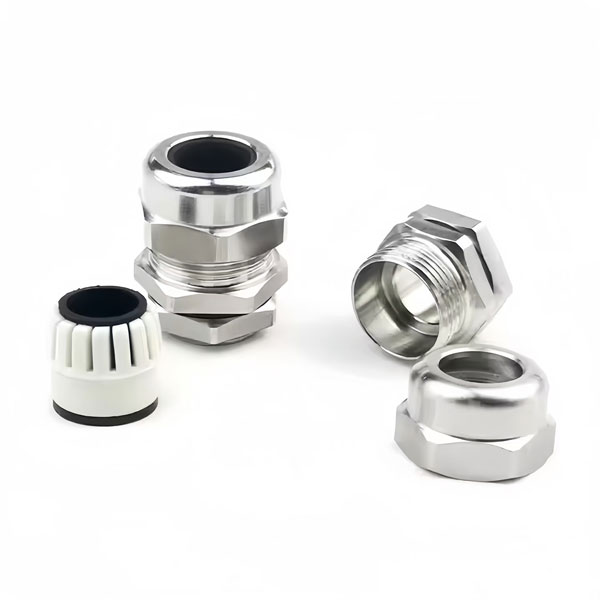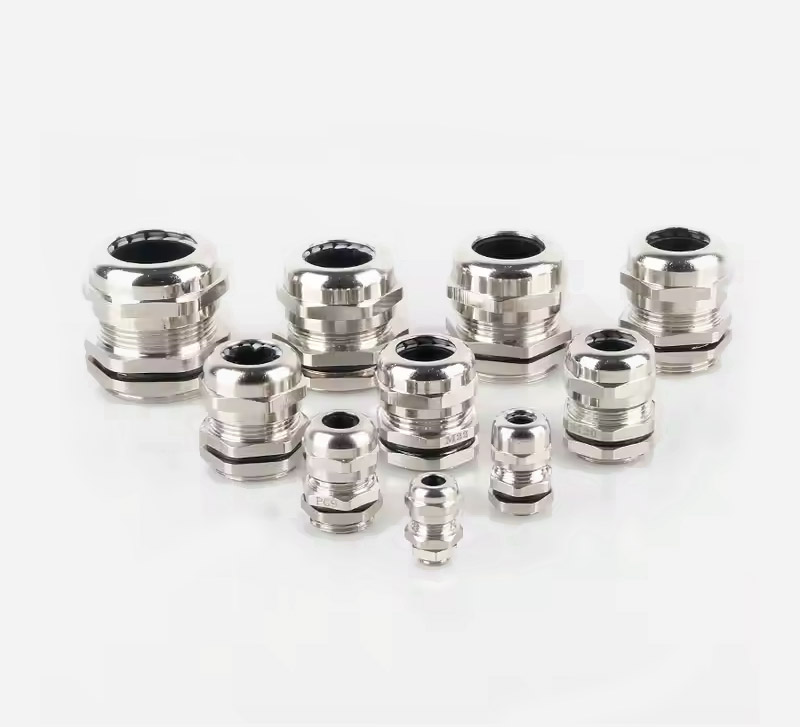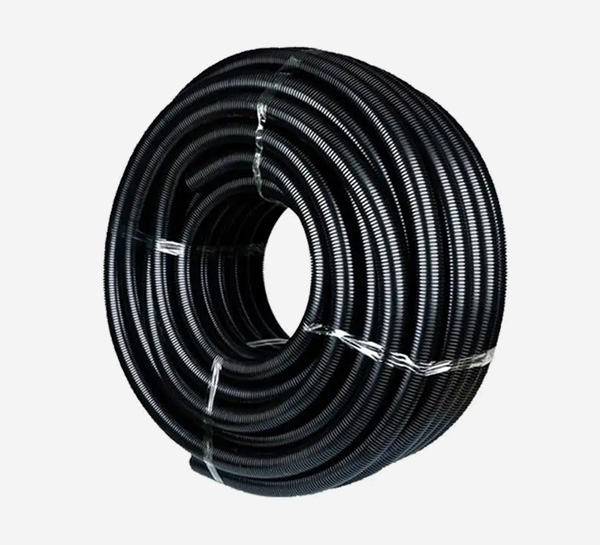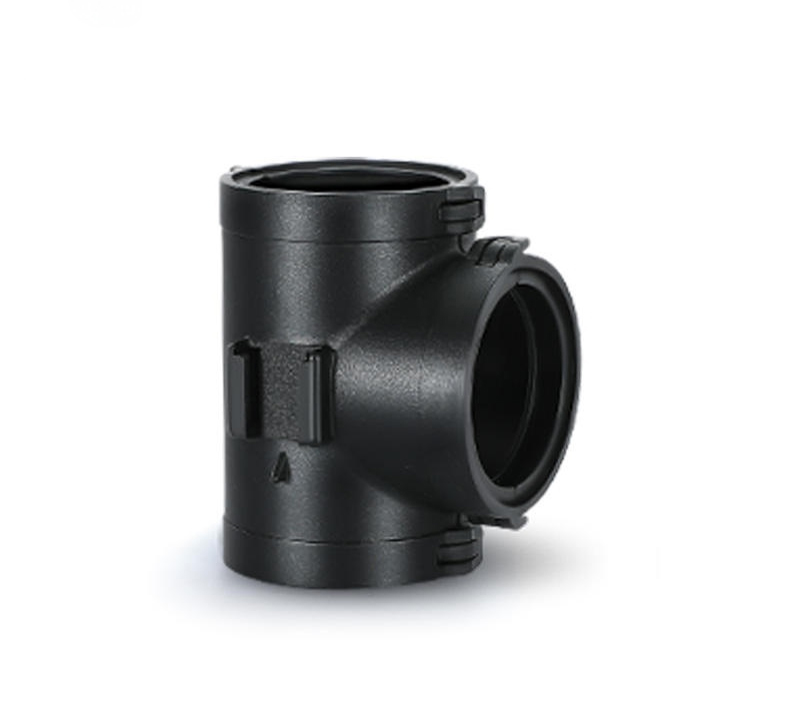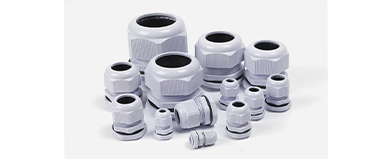Engineered with ISO metric (G-thread) standards, G Type Standard SS Cable Glands deliver robust IP68 waterproof protection for 3–52mm cables. Built with 304/316-grade stainless steel, they excel in industrial, marine, and high-moisture applications, ensuring secure connections in harsh conditions.
Rugged Performance Features
• IP68 Waterproof Design: Submersible up to 1m for 48 hours, ideal for wet or dusty environments.
• Temperature Resilience: Stable operation from -40℃ to 100℃, with short-term heat resistance up to 120℃.
• Anti-Corrosion Build: Polished stainless steel resists rust, chemicals, and saltwater erosion.
• Mechanical Durability: Hexagonal locking flange and 360° compression seal prevent loosening under vibration.
Technical Specifications
• Thread Sizes: G1/4, G3/8, G1/2, G3/4, G1, G1-1/4, G1-1/2, G2, G2-1/2 (ISO Metric Parallel Thread)
• Cable Range: 3–52mm (flexible for rubber, braided, or armored cables)
• Material: 304/316 stainless steel with mirror-polished surface (Ra≤0.8μm).
• Protection Rating: IP68 (optional IP69K for high-pressure washdown compatibility).
Engineering Excellence
√ Dual-Layer Sealing: Silicone + EPDM gaskets for multi-environment adaptability.
√ Anti-Galling Threads: Precision-cut G-threads prevent cross-threading during installation.
√ Strain Relief: Reinforced nylon collet grips cables without damage.
√ Easy Maintenance: Split-design collets allow quick reconfiguration.



